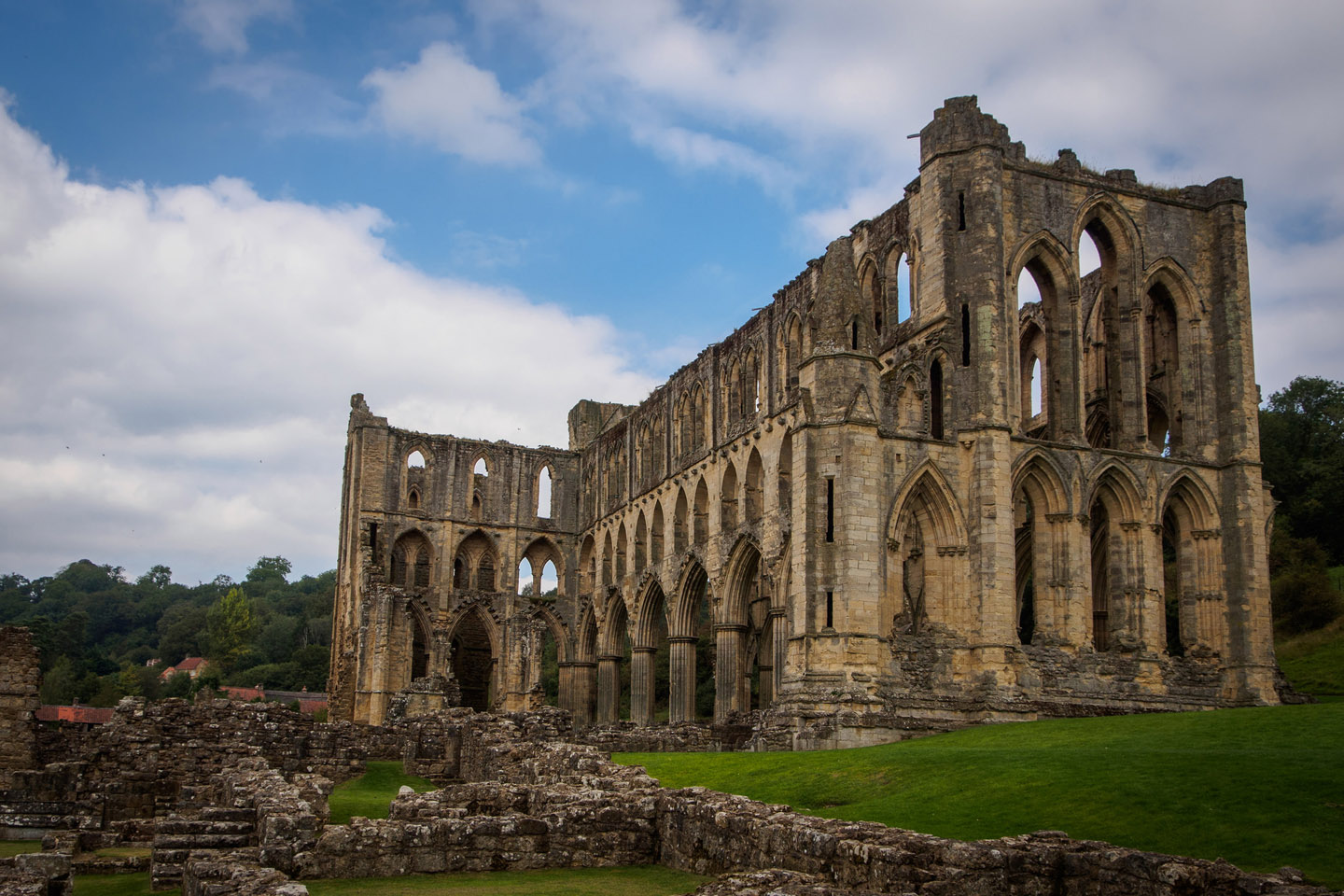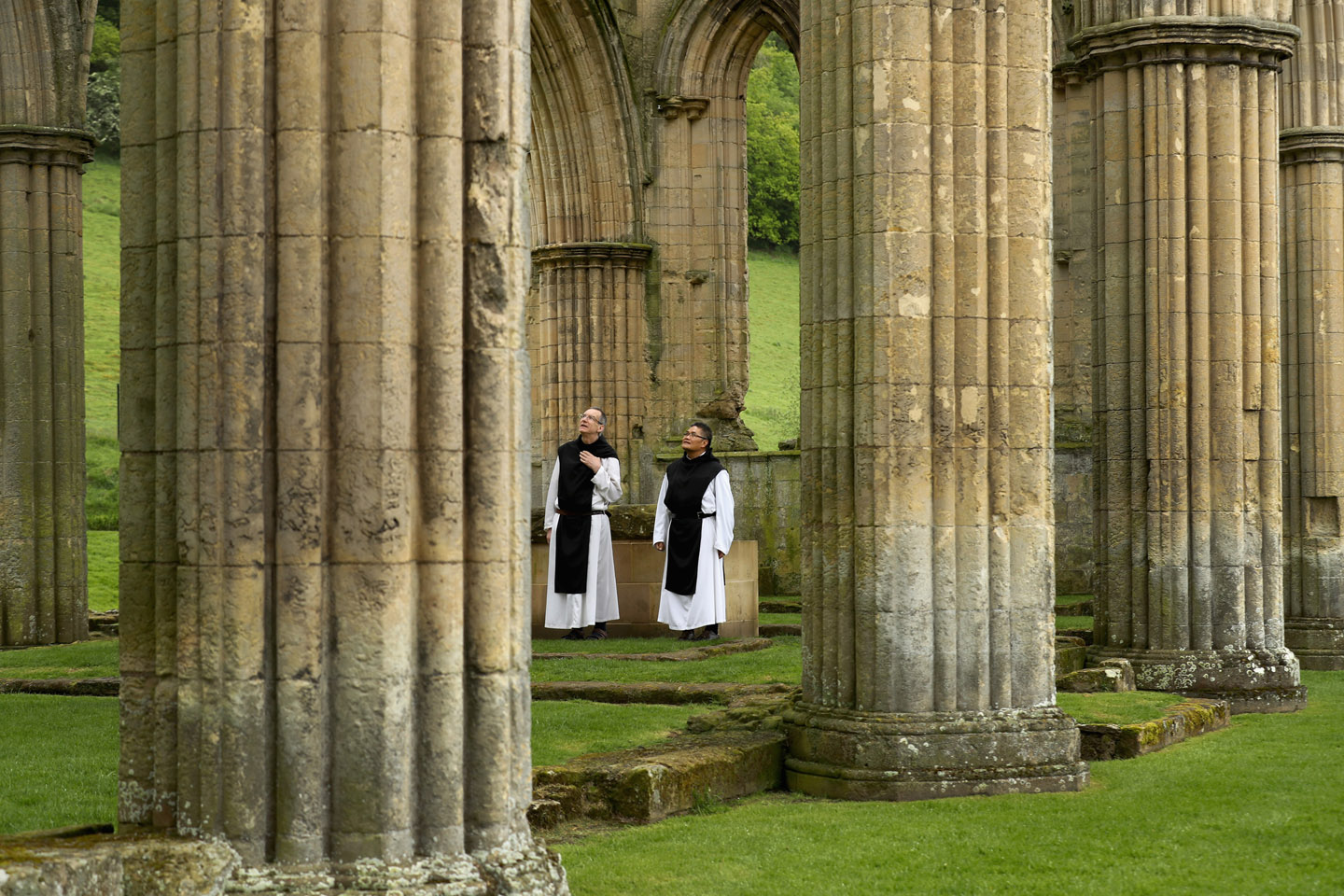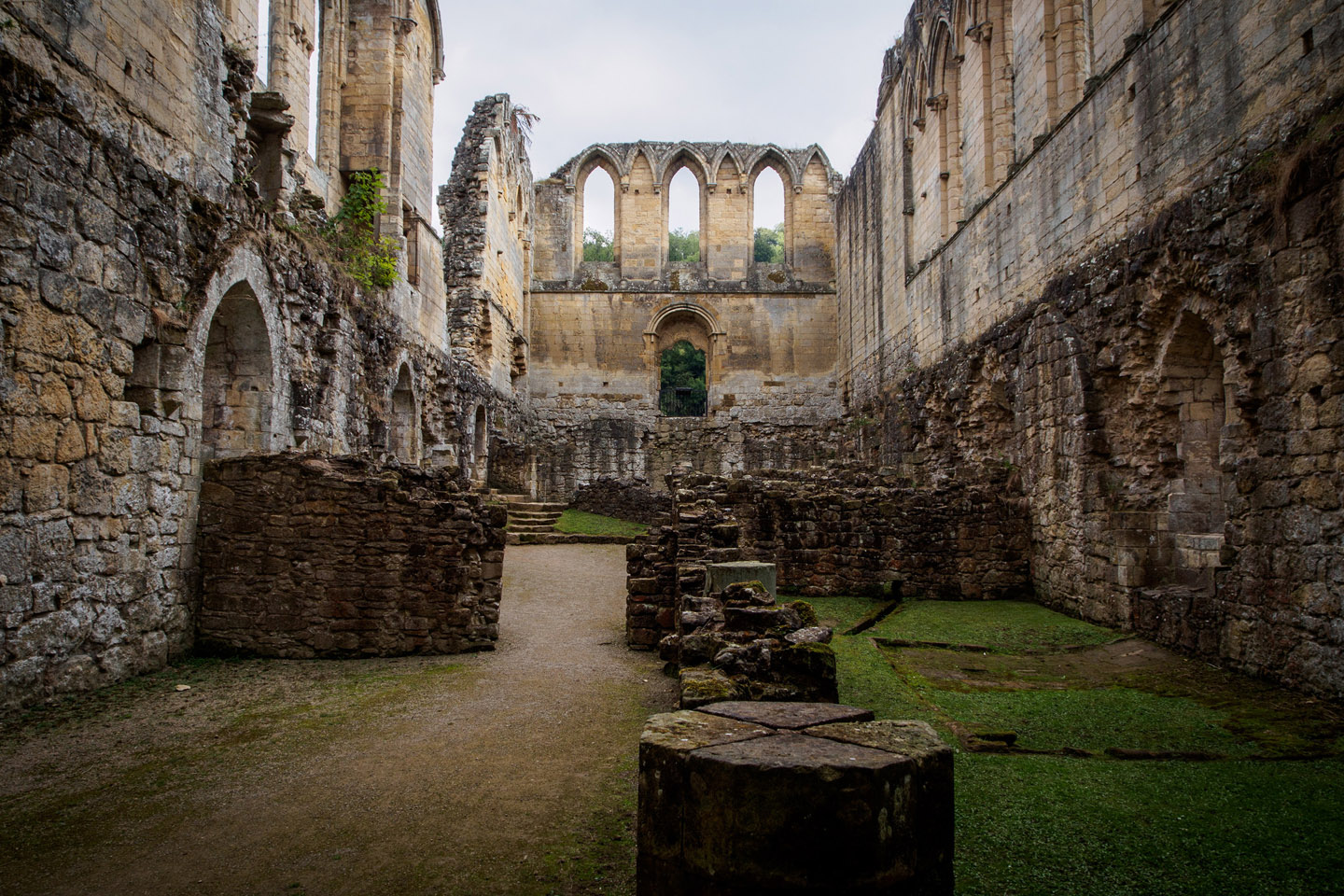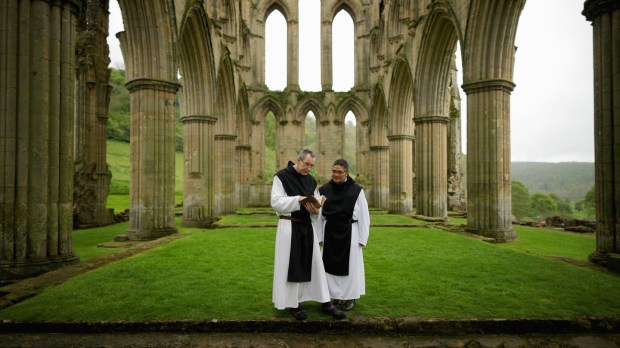It was Thomas Cromwell, through two parliamentary resolutions, who transferred the ownership of abbeys, churches, monasteries and other possessions of the Catholic Church in England to the hands of the English crown. Among these, countless manuscripts, libraries and works of art, but especially farms and other productive buildings were taken over by the government. In particular, of course, monasteries and abbeys. Those that were not destroyed, expropriated or simply shut down were handed over to the political allies of Henry VIII.

But why was Henry VIII so eager to get his hands on northern English monasteries? According to historian Stephanie Mann, in an interview with the website ChurchMilitant, basically for two classic, too-well-known simple reasons: money and power. These expropriations would provide Henry VIII with an extraordinary, unexpected income without resorting to deeply unpopular measures (such as higher taxes), while also eliminating the influence of the Roman papacy over the English crown.

Now, about 500 years later, in a series of photographs published in the Daily Mail, we can see Cistercian monks, Father Joseph and Brother Bernard, visiting the ruins of one of these great abbeys: the Abbey of Rievaulx.
Rievaulx had been founded in 1132 by twelve monks from Clairvaux Abbey in France (the foundation of Saint Bernard), and soon was considered one of the greatest British abbeys. At its peak, 650 people actively lived and worked at Rievaulx, including monks, direct and indirect employees and other officials associated with the maintenance of monastic activities. On December 3, 1538, Henry VIII ordered them all to leave the building, expropriating every valuable object in it (particularly the lead used in stained glasses).

Today, a museum is housed in the abbey, led by English Heritage, a company/charity that is responsible for the preservation of more than 400 historic sites across England. The museum exhibits some of the artifacts monks once used at the abbey, and chronicles of the history of the Cistercian Order in England.

